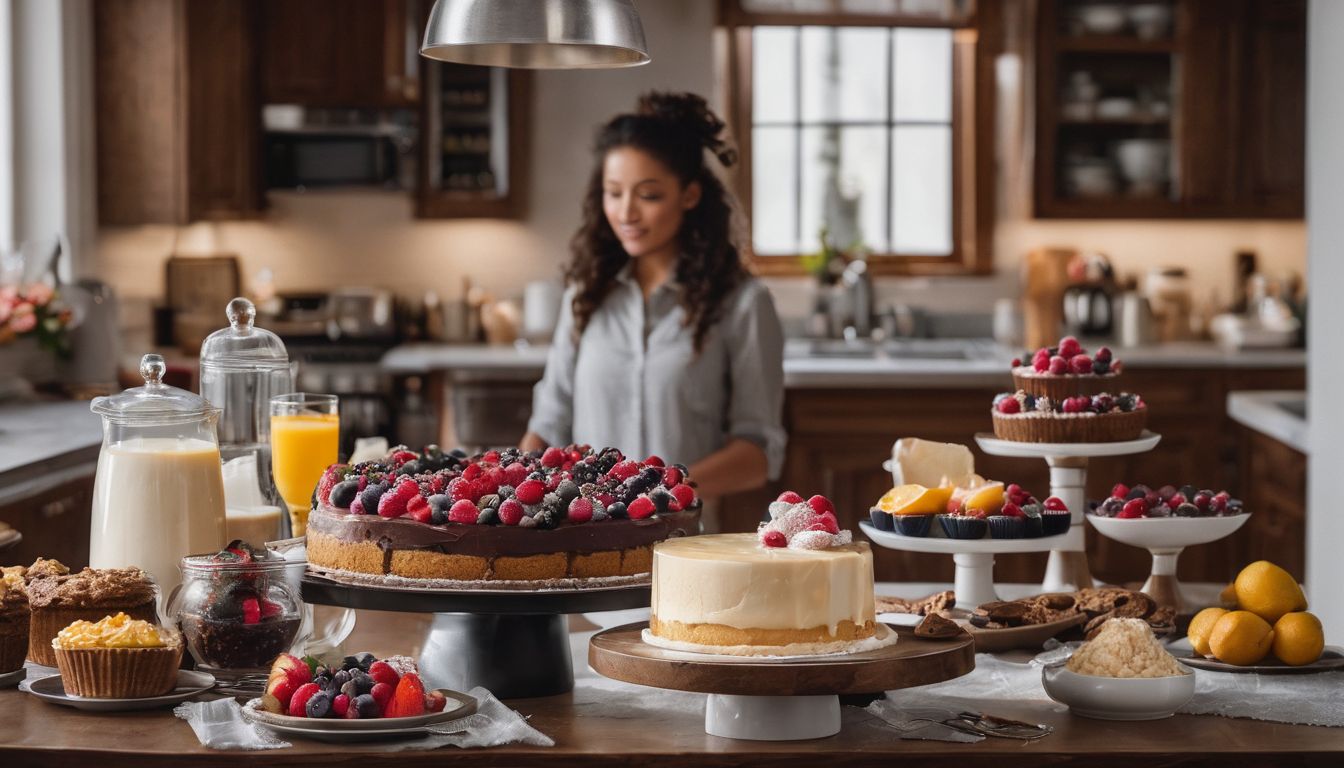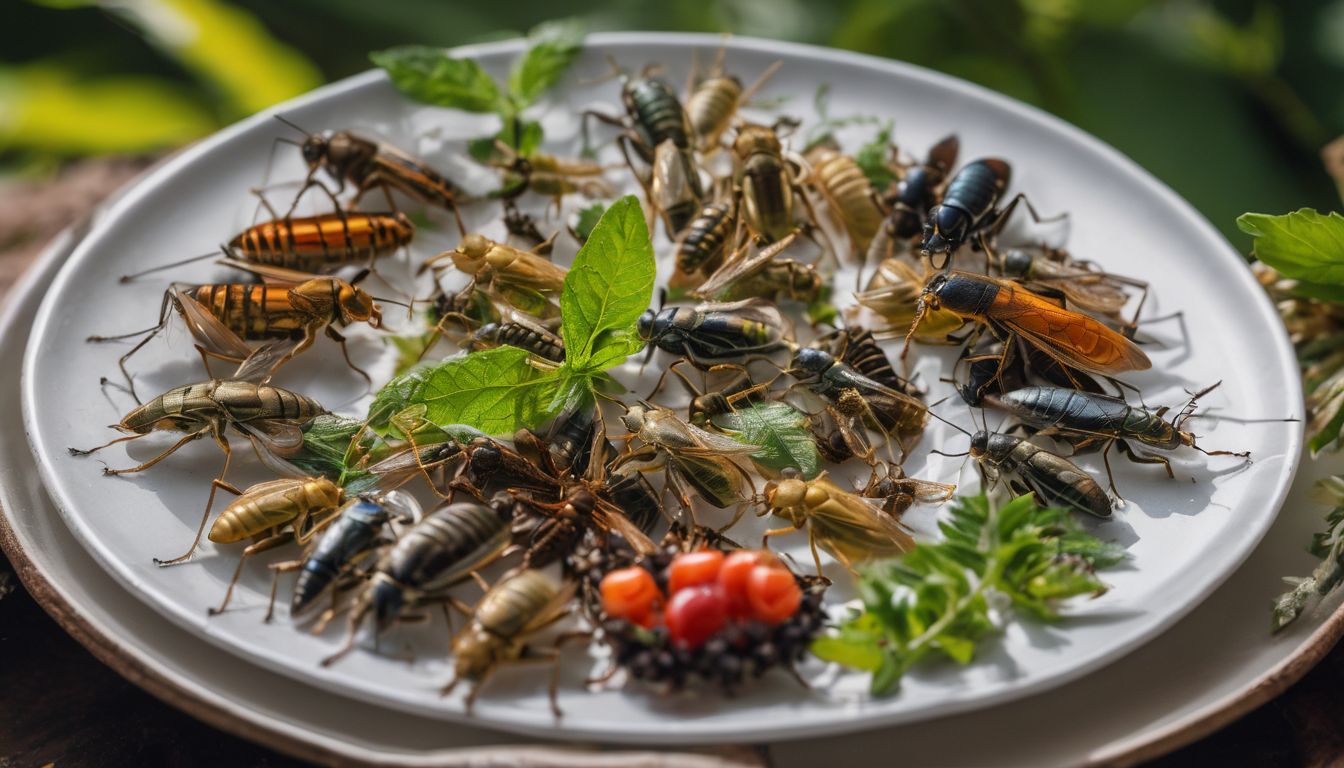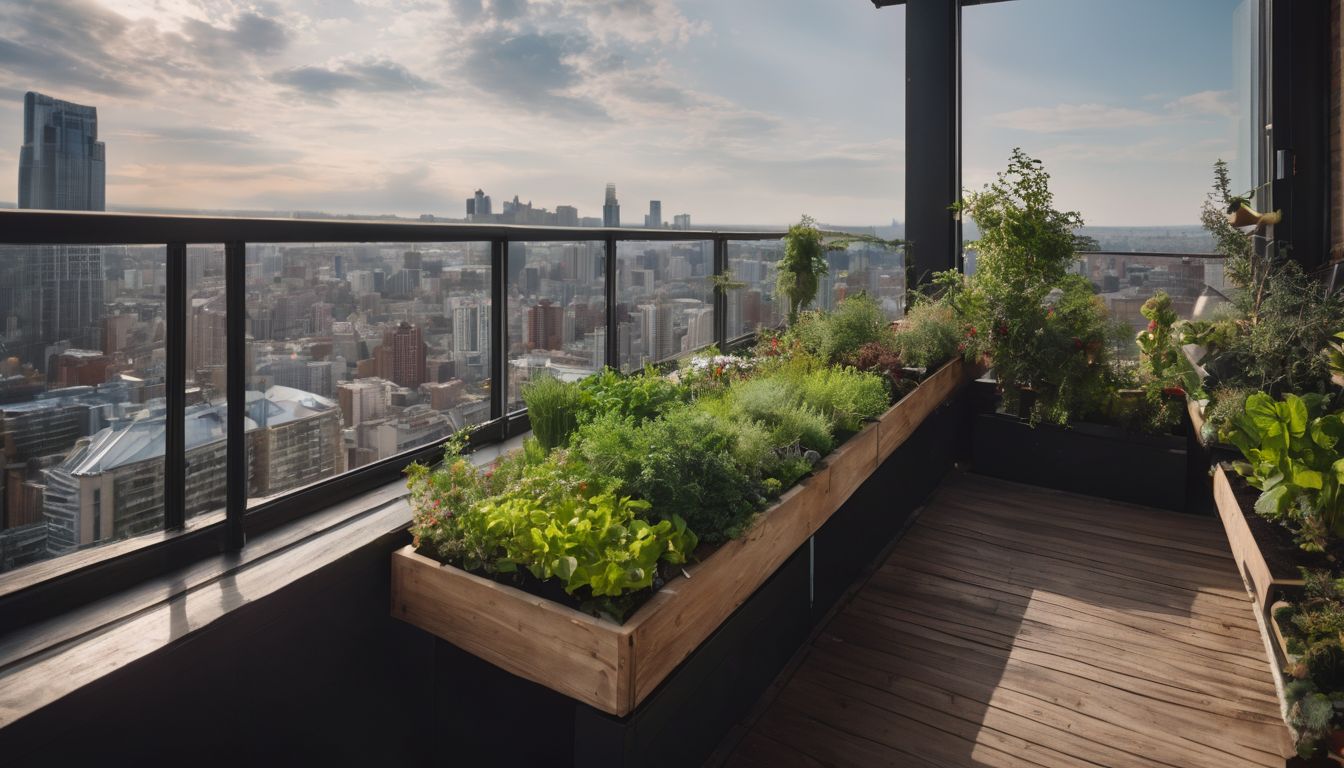Why Construct Your Own Birdfeeder?
Having a birdfeeder will allow you to observe many different kinds of birds in close proximity. You’ll be able to recognize certain species in no time, and bird watching is a relaxingly fun activity! In times of food scarcity you may be a bird’s only source of sustenance thus helping maintain the population of the winged community in your area. Non-migratory birds will also appreciate a little help during extreme cold seasons where snow makes it difficult to find food.1
BENEFITS for the Environment:
By making a birdfeeder, you are making an easy source of food for your neighborhood birds! Food is scarce for birds in both winter and spring. Cool temperatures during these seasons make insect populations and fruits un-plentiful, both of which are typical bird food. Climate change has also affected the food supply in bird migration routes. Birdfeeders in yards have helped these birds complete their journey.2
In India environmental organizations have helped the house sparrow population grow by handing out birdfeeders. The Burhani Foundation held the Project Save Our Sparrows and partnered with the Nature Forever Society of Maharashtra to distribute 52,000 bird feeders across the country.3
BENEFITS for Your Wallet:
Professionally made birdfeeders can cost a lot of money, but you can make your own without spending any money! The birds don’t care if you made it or bought it, so why spend the money?
BENEFITS for Your Children:
This is a good project to entertain children. Simple decorating projects like these are a great way to keep kids busy. They will enjoy creating and decorating their own birdfeeders that serve a variety of environmental purposes…
Cost: Low
Everyone has empty cartons and string, and that’s basically all you need! Oh yes, and birdseed.
Time and effort: Low
Basic birdfeeders can be completed in a matter of minutes. However, decorating your birdfeeder can take a while, but that’s the fun part!
Constructing Your Birdfeeder
Materials:
- Plastic drink bottle, coffee can, milk carton, or a pie tin
- Decorating utensils, such as paint, paper or stickers
- Wire or string
- Birdseed, fruits, suet or sunflower seeds
- Scissors
- Stick (optional)
Instructions:
- Cut a hole in the side of the bottle/carton big enough so that you can pour the seeds inside. If you are using a pie tin, holes aren’t necessary, you can just fill it with birdseed and keep it in a high place. Just be sure to drain any rainwater that may get stuck inside. If you are using a milk carton, be sure to staple the top closed.
Decorate the bottle with paint, paper or stickers. Wrapping paper was used to dress this carton up. Be creative! (optional) - Cut a few small holes on the bottom of the bottle/carton to let out rainwater, and for birds to use to poke the seeds out.
- Poke the stick through the bottle with just enough room on either side for birds to perch.
- Fill with birdseed or sweet fruits.
- Cardinals, Juncos, Jays and Sparrows will particularly enjoy the pie-tin birdfeeder
- Finches like the bottle birdfeeder with holes.
- Use oatmeal, birdseed and peanut butter to attract jays and robins.
- Orioles like oranges and orange juice.
- For more information about what kind of birds you can attract, visit: Kidz Korner
- Hang the birdfeeder with wire/string from a tree, wash line, or outside by your door.
- Enjoy the birds!
- Be sure to keep it well stocked, especially in the winter. If the birdfeeder gets moldy, make a new one.
- A simpler design: Take a pinecone, spread peanut butter on it, and then roll in birdseed. You can hang this from a tree or leave in a high place.




